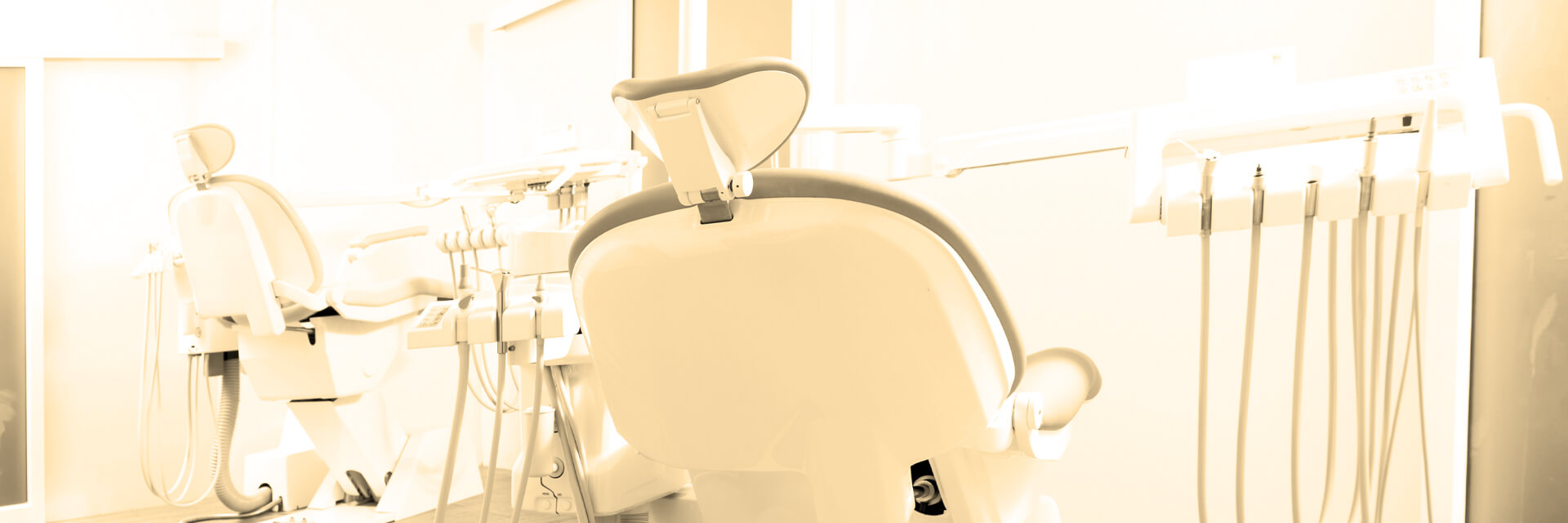
Retirement Plans for Dental Offices: An Introduction
- Published
- May 12, 2021
- By
- Erick Cutler
- Share
The concept of retirement isn’t what it used to be, and that goes for both you and your employees.
With markets shifting and employee expectations shifting along with them, choosing the retirement plan that will best fit your specific dental practice can be difficult. With that in mind, we want to address some of your options and the most important points you should address when choosing a retirement plan for your dental office.
Your Most Important Considerations
Before you start researching plans, you need to take a good look at your practice. Begin by doing an honest inventory of factors including:
- Your personal retirement goals
- Practice size
- Current financial situation
- Employee mix, retention, and growth plans
- Practice growth expectations
- Marital status
Each of these will play an important role in determining the type of solutions you evaluate as well as the final decisions you make.
Plan Choices
As a dental practice, you will have multiple plans from which to choose: you will be looking at plans that fall into one of two categories: Plans for businesses with employees (most common for dentists) and plans for sole proprietors.
There are multiple plans to choose from, including:
- Traditional 401(k): Employees can contribute to the plan by deferring a portion of their salary. This contributed amount is non-taxable until a distribution is taken. Employers may choose or not choose to match the contribution. Employees are always 100% vested in their salary deferrals. Employer contributions may be vested on a graduated vesting schedule. According to the IRS the pros and cons are as follows:
- Greater flexibility in contributions.
- Employees may contribute more to this plan than under IRA plans.
- Good plan if cash flow is an issue.
- Optional participant loans and hardship withdrawals add flexibility for employees.
- Administrative costs may be higher than under more basic arrangements.
- Need to test that benefits do not discriminate in favor of the highly compensated employees. This testing can be complicated.
- Additional withdrawal and loan flexibility adds administrative burden for the employer.
- A SIMPLE IRA: A SIMPLE IRA is a Savings Incentive Match Plan for Employees of Small Employers. The business or dental practice must have 100 or fewer employees who earning were over $5,000 during the previous calendar year and there must not be any other retirement plan available to employees. Each year, the employer is required to contribute either a matching contribution of up to 3% on compensation or 2% non-elective contribution for each eligible employee. Employees may choose to contribute and the employee is always vested in the plan. According to the IRS the pros and cons are as follows:
- Easy and inexpensive to set up and operate
- Employees share responsibility for their retirement
- No discrimination testing required
- Inflexible contributions
- Lower contribution limits than some other retirement plans
- Safe Harbor 401(k): This plan is similar to the traditional 401(k) plan but among other things according to the IRS, it must provide for employer contributions that are fully vested when made. The contributions may be matching contributions, limited to employees who defer, or employer contributions made on behalf of all eligible employees, regardless of whether they make elective deferrals. Typically, employers match contributions dollar-for-dollar up to 3% of an employee's income. Some of the pros and cons of the plan include:
- Exemption from the ADP (average deferral percentage) and ACP (average contribution percentage) tests
- The contribution to all employees, can be expensive
- SEP-IRA: A SEP, or Simplified Employee Pension plan, give employers a simplified way to contribute to their own and their employees’ retirement. The contributions are made directly into an IRA created for each employee. Employees can contribute up to 25% of their salary to the plan. Pros and cons, according to the IRS include:
- Easy to set up and operate
- Low administrative costs
- Flexible annual contributions – good plan if cash flow is an issue
- Employer must contribute equally for all eligible employees
- Solo 401(k): This plan is a one-participant plan. This plan covers a business owner with no employees, or the owner and spouse. This plan follows the same requirements and restrictions as other 401(k) plans. Pros and cons of this plan include:
- There are reporting requirements
- There will be costs to set up the plan
- As an employer, the contribution will be considered a tax deductible business expense
- Greater flexibility in contributions
- If your spouse works as your employee, you both you and your spouse can contribute to the plan, maximizing your employee contribution and then having your practice contribute up to 20% of your total earnings.
If you have employees in your practice, conventional wisdom is that you will want to consider options like the SIMPLE IRA, 401(k), and SEP-IRA. If you do not have employees, or if your practice includes just you and your spouse, you should look into the SEP-IRA or a self-employed 401(k) plan.
It’s also worth noting that if you are close to retirement, you may want to think about a Defined Benefit Plan (DBP). These plans are not commonly used by dentists but can be beneficial since they offer higher levels of potential savings despite increased administrative and employee costs. This type of plan can be a good choice for an older dentist looking to catch up on retirement savings.
Your Advisors
Before you make any choices, be sure to get solid professional advice. This will mean consulting with a tax professional who can evaluate your individual practice needs and retirement goals and make recommendations from there.
Your next step will be to find a qualified Third Party Administrator (TPA).
Your TPA will do a lot of the cornerstone work of your plan including administration, record keeping, and designing your plan overall. Most TPAs will specialize in 401(k) plans and possibly DBPs. TPAs do not typically provide investment advice, so it’s always good to have your own financial advisor on hand.
Some General Guidelines
Regardless of the plan you choose, there a few points you’ll want to keep in mind, or at least keep an eye on, to make your plan as beneficial as possible to both you and your employees.
- Keep your fees low: Higher cost funds suck away your returns without giving you anything in return.
- Educate your employees: Your employees will be making choices around their retirement, and you can help by providing them access to the best advice resources possible. Beyond that, providing individualized advice as a plan sponsor can help protect you from fiduciary liability if a situation does arise.
- Look for neutral advisors: Some plan advisors are paid to push products. It will be your responsibility as a sponsor to make sure your plan doesn’t violate any laws or regulations, so that even though you are outsourcing much of your liability to an advisor, you should never take your eye completely off the service they’re providing.
Most importantly, make sure to adjust your plan choices as your practice and your personal and financial situation grows and changes. While retirement may not be your top priority right now, keeping your practices in its best financial health should be. This is why it is important to have regular strategy planning sessions with your CPA and financial advisor.
What's on Your Mind?
Start a conversation with Erick
Receive the latest business insights, analysis, and perspectives from EisnerAmper professionals.







